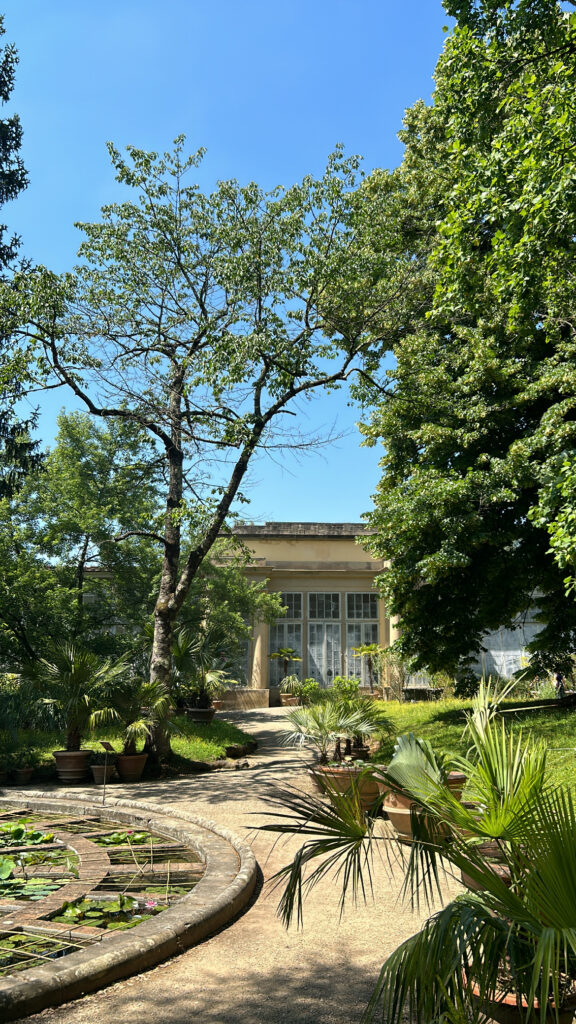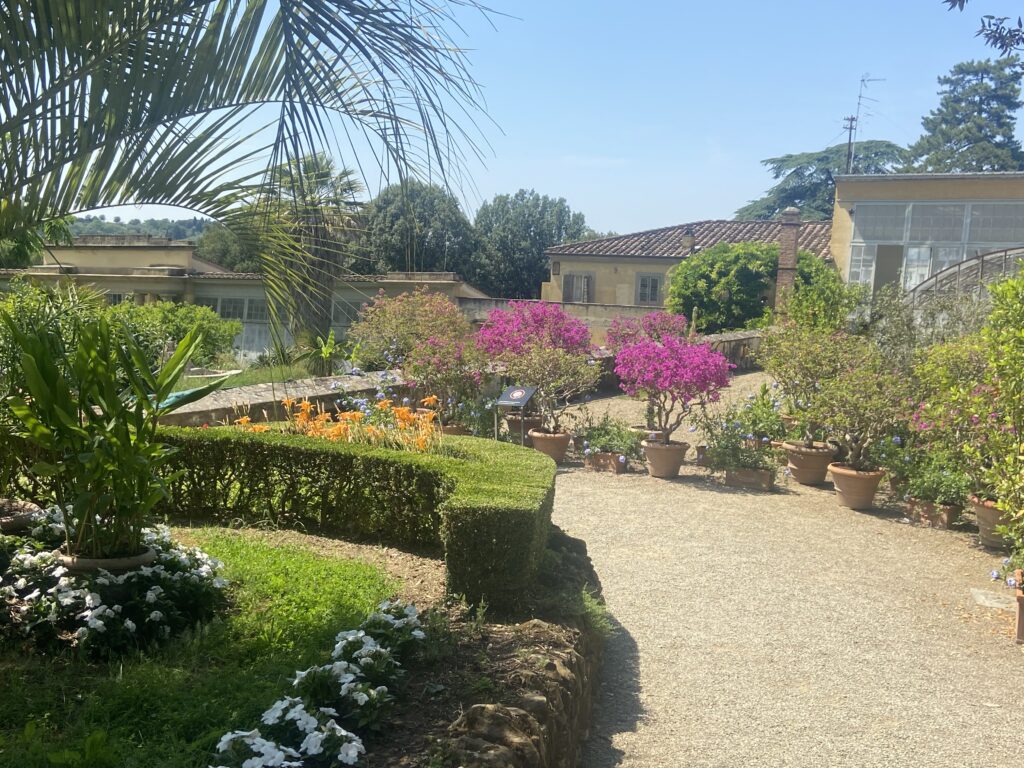In the heart of Florence, Italy, the Boboli Garden (Giardino di Boboli) stands as a testament to the beauty of Renaissance landscaping. Spanning over 11 acres, this green garden has captivated visitors for centuries with its intricate designs, stunning sculptures, and breathtaking views.
The Origins of the Boboli Garden
The Boboli Garden, behind the Pitti Palace, is the most famous garden in the city. It is due to the bequests of the Medici family from the 16th century. When the Medicis bought the Pitti Palace in 1550, the wife, Eleonora of Toledo, of the then Grand Duke, Cosimo I, had the garden laid out for private use. Its name, “Boboli,” is believed to be derived from the name of the previous owners of the land. It was designed by renowned architect Niccolò Tribolo and continued after his death by Bartolomeo Ammanati with the support of Giorgio Vasari. Some of the grottoes were built by Vasari, while the sculptures are from Bernardo Buontalenti. The garden was expanded and reconstructed in several phases. In the 17th century it got its current size of 4.5 hectares. So today’s open-air museum offers Roman antiquities next to works of the 16th and 17th century.
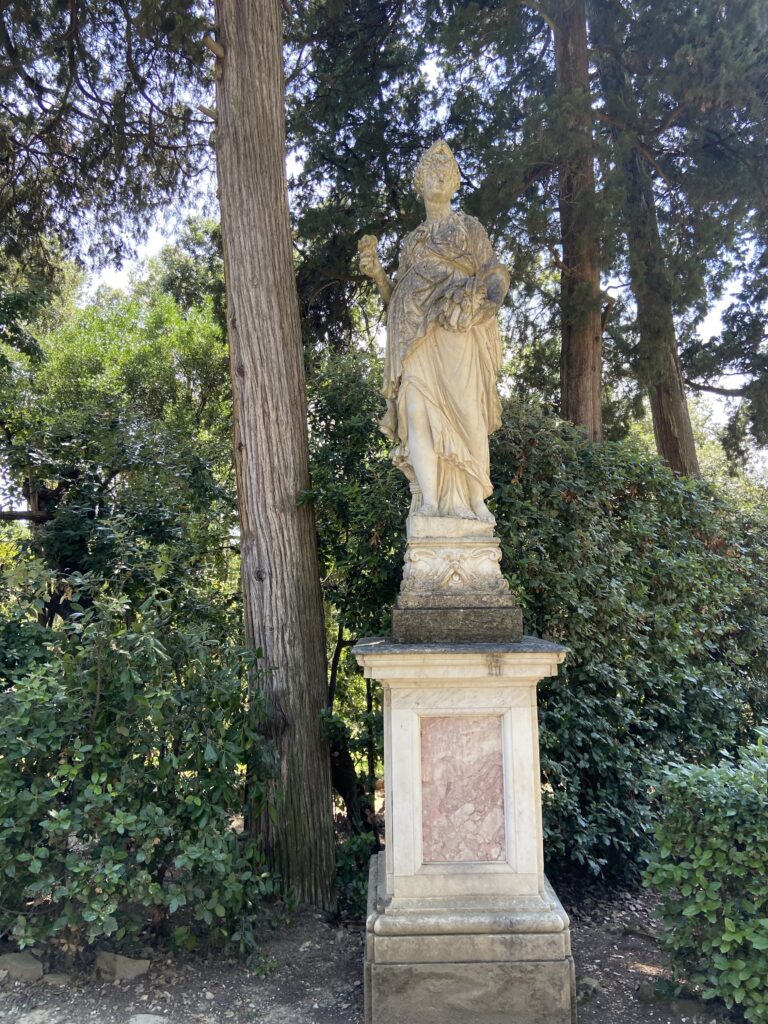
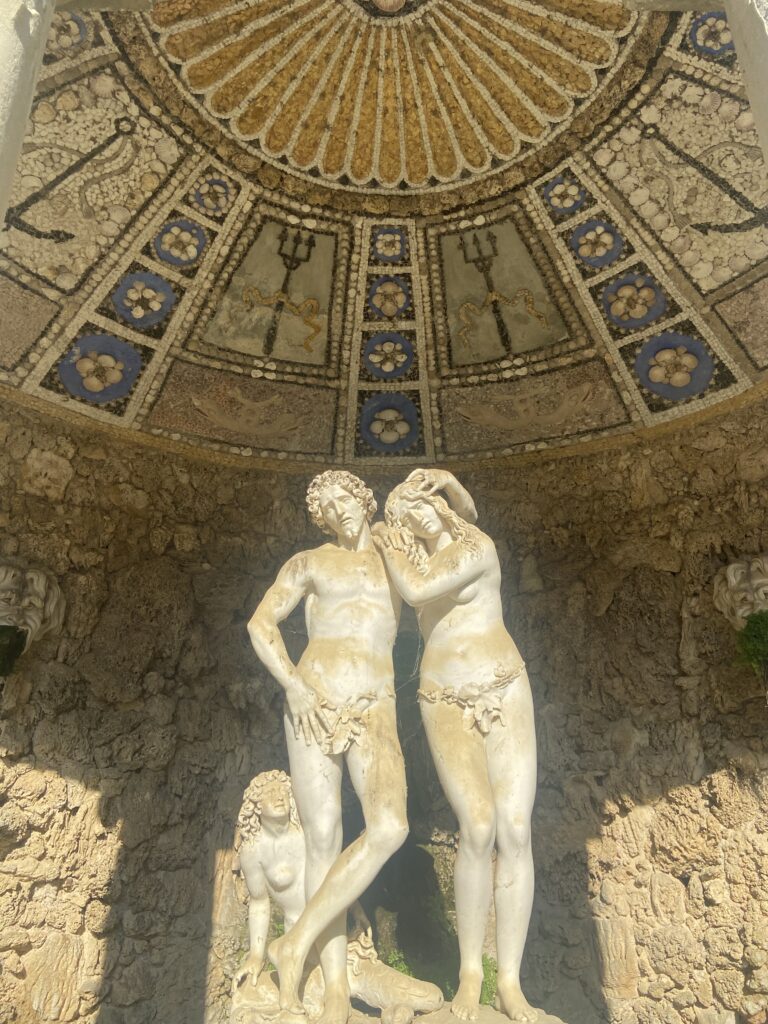
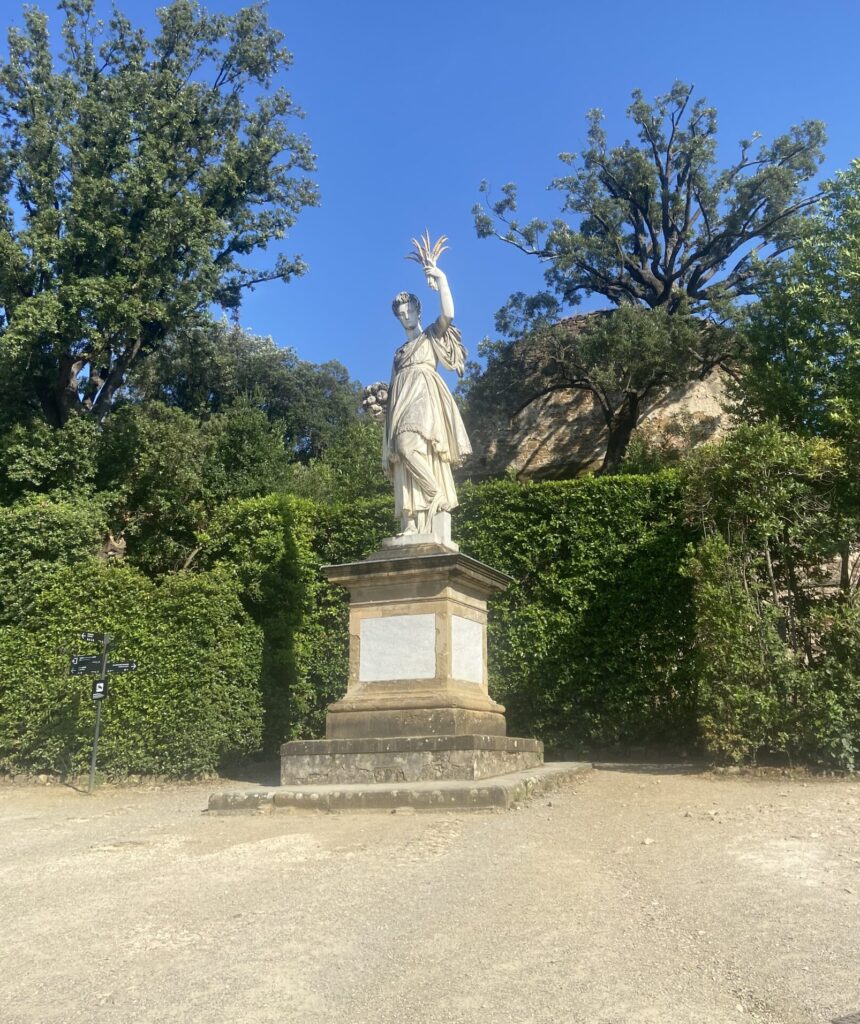
The Architecture in the Boboli Garden
As visitors enter the Boboli Garden, they are greeted by an array of architectural marvels. The Amphitheatre, a stunning elliptical space surrounded by tiers of greenery, offers an ideal spot for open-air performances and events. The Grotto Grande, an underground chamber adorned with stalactites, seashells, and mythical creatures, provides a cool retreat from the summer heat. These architectural constructs exemplify the creativity and grandeur of the Renaissance era.

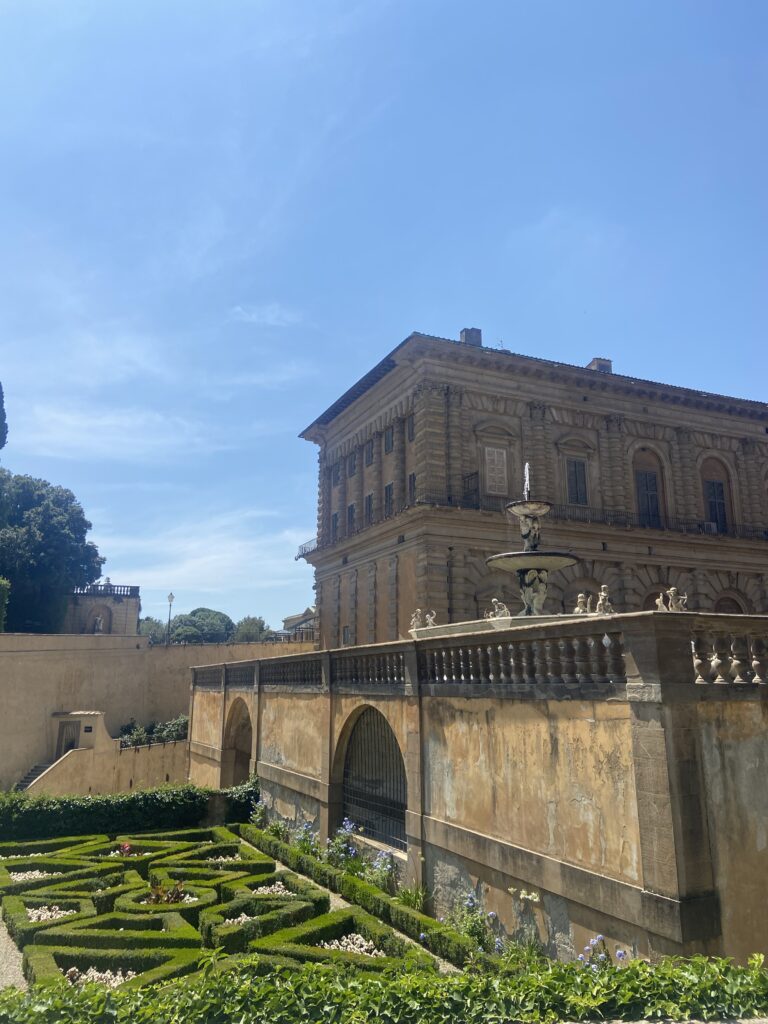
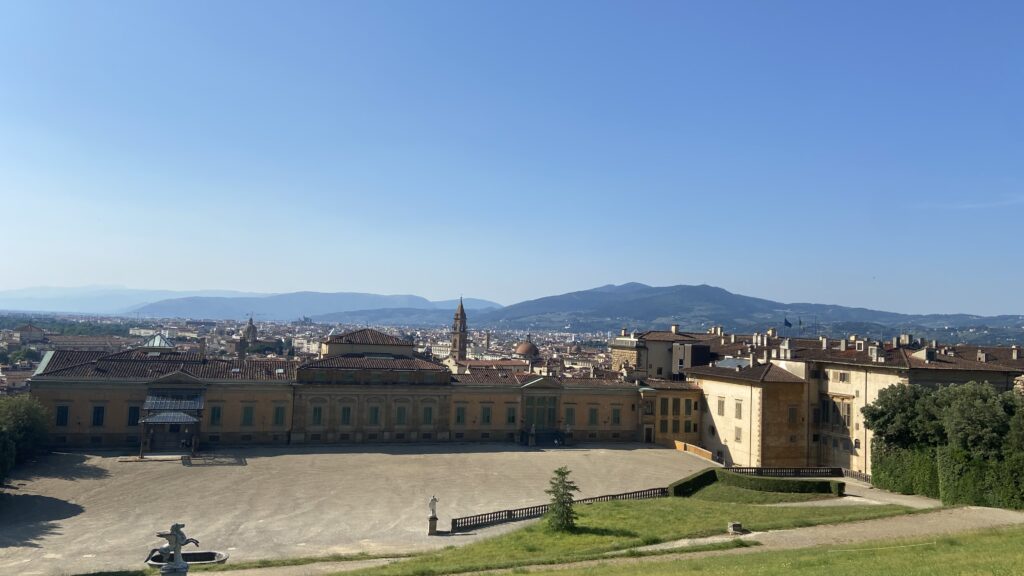
The Boboli Garden’s Magnificent Fountains
Water features play a prominent role in the Boboli Garden. The Fountain of Neptune, a grand centerpiece, depicts the sea god surrounded by mythical sea creatures. The Isolotto Fountain, with its cascading waters and elegant sculptures, is located on a small island. These fountains not only provide a sense of tranquility but also serve as highlights of the garden.
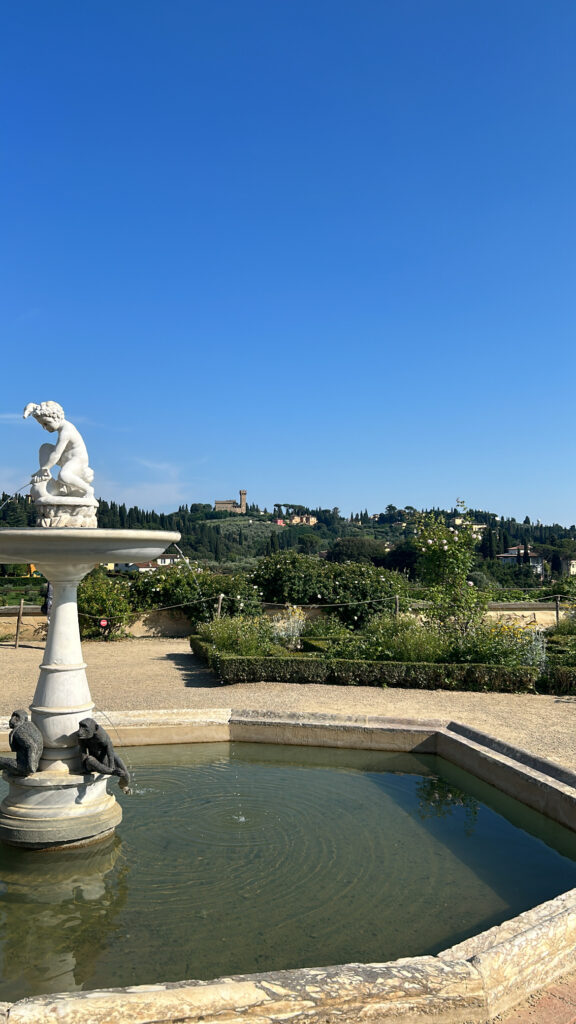
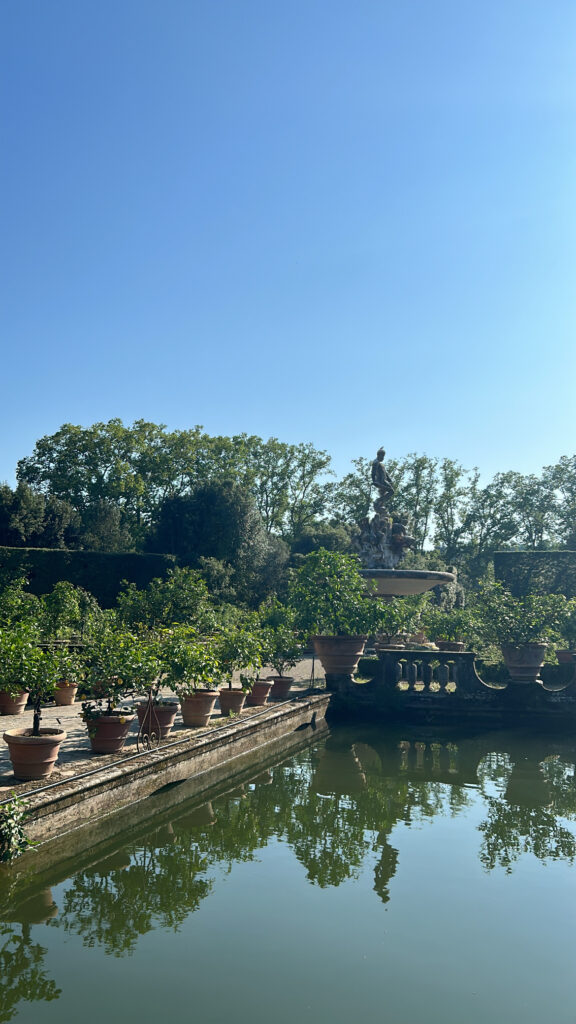
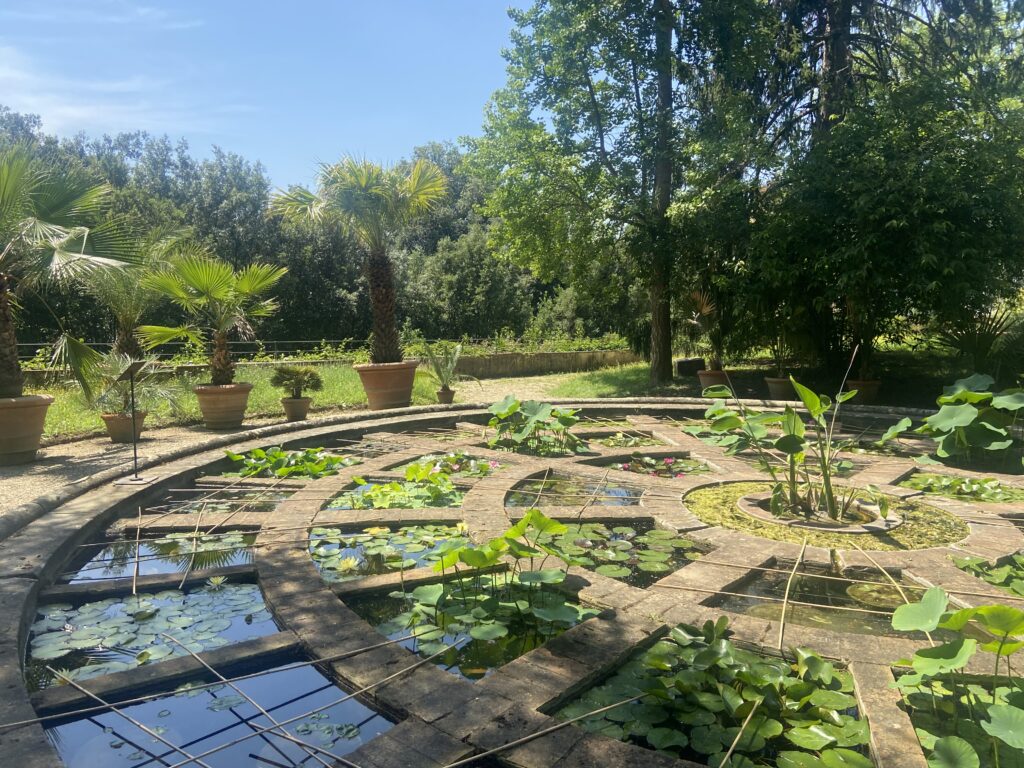
Captivating Floral Displays
The garden boasts a wide variety of flowers, including vibrant roses, lavender, and exotic species from around the world. Visitors can experience various types of gardens in this open-air museum. From a Botanic Garden to a Lemon House, every part of the Boboli Garden helds a different kind of floral display. With each season, the landscape transforms, offering visitors a unique visual experience throughout the year.
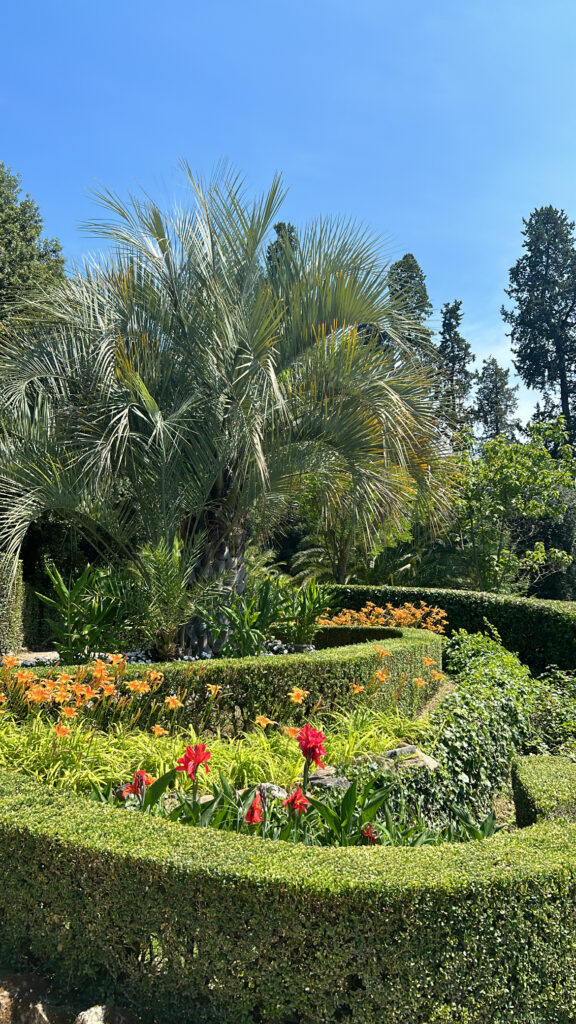
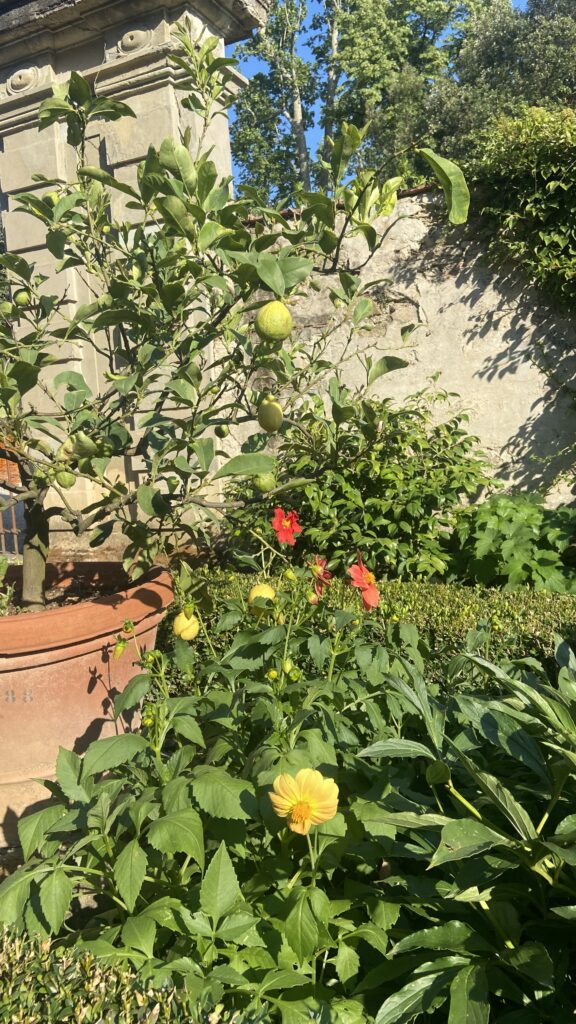

Exploring the Garden’s Terraces
The Boboli Garden’s terraces offer panoramic views that extend beyond the garden itself. From these elevated points, visitors can have a look at Florence’s iconic landmarks, including the red-tiled roofs, the majestic dome of the Florence Cathedral, and the Arno River. From the Gentleman’s Pavilion you can also enjoy the view of the beautiful countryside, the typical Tuscan hills with their ancient Italian villas, behind Florence.

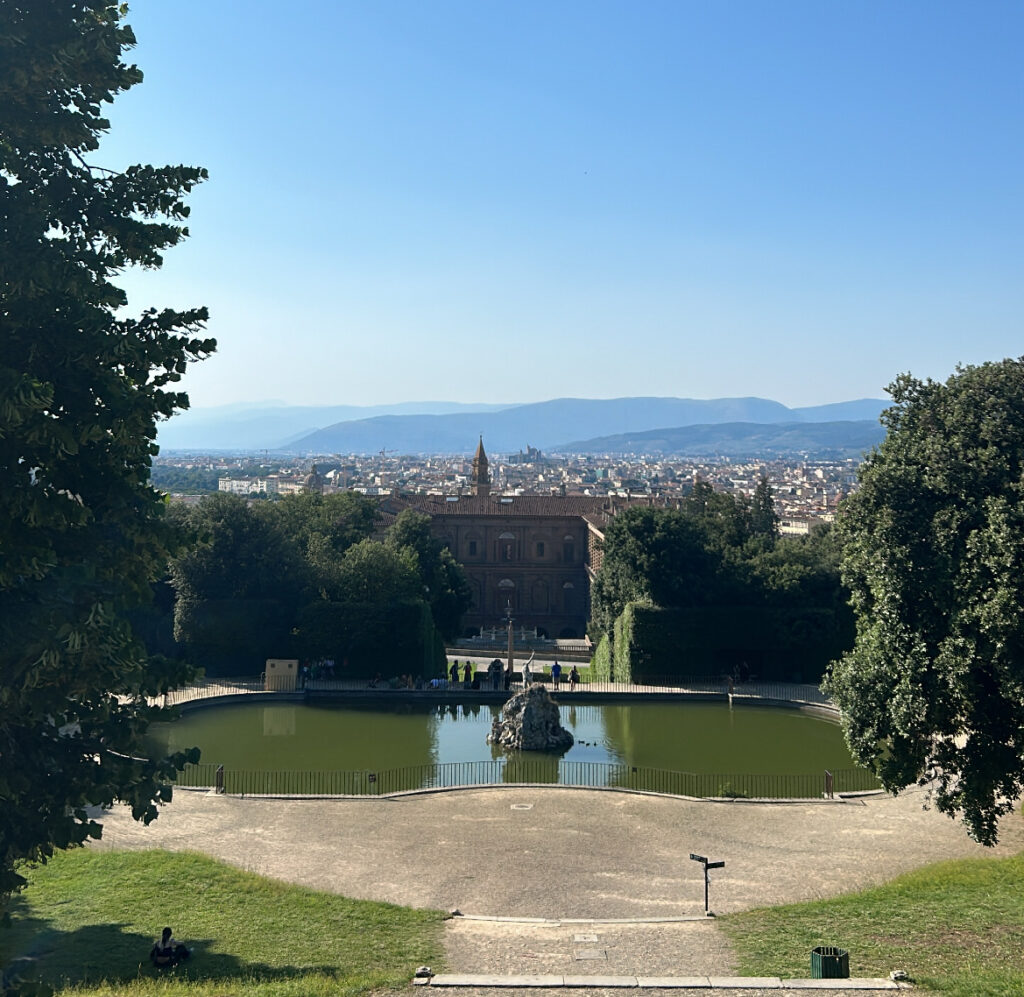
The Legacy of the Boboli Garden
The legacy of the Boboli Garden extends far beyond its physical boundaries. It has served as a source of inspiration for generations of artists, architects, and landscape designers. Its innovative layout, the blend of nature and art, and attention to detail have influenced garden designs around the world. The Boboli Garden continues to be a symbol of creativity, beauty, and human ingenuity, attracting visitors from all corners of the globe.
The Boboli Garden in Florence is a true masterpiece of Renaissance landscaping. With its awe-inspiring architecture, captivating sculptures, magnificent fountains, vibrant floral displays, and hidden wonders, it offers a great experience for all who visit. This green oasis provides a glimpse into the grandeur of the past while remaining a timeless highlight of beauty and serenity of Florence. A visit to the Boboli Garden is a journey through history, art, and nature.
How much is the entry for the Boboli Garden?
The Boboli Garden offers various tickets option for visitors. The adult ticket price is 11€, combined with the entrance for the Pitti museum it is 23€. The entrance for children under 18 years is free, and between 18 and 25 years the price is reduced to 3€, but only for EU citizens.
FAQs
- What are the opening hours for the Boboli Garden?
- The garden opens every day at 8:15 and, depending on the months, closes between 16:30 and 19:30.
- The garden opens every day at 8:15 and, depending on the months, closes between 16:30 and 19:30.
- Are there guided tours available for the Boboli Garden?
- Yes, guided tours are available for visitors who wish to have a more in-depth understanding of the garden’s history and significance.
- Yes, guided tours are available for visitors who wish to have a more in-depth understanding of the garden’s history and significance.
- How much time should I allocate for a visit to the Boboli Garden?
- It is recommended to allocate at least two to three hours to fully explore the garden.
- It is recommended to allocate at least two to three hours to fully explore the garden.
- Are there any restrictions on photography within the Boboli Garden?
- Photography is allowed for personal use.
- Are there any nearby attractions to visit after exploring the Boboli Garden?
- Yes, you can visit the Pitti Palace, which is connected to the garden. The Florence Cathedral, Uffizi Gallery, and Ponte Vecchio are also within close proximity.
- Yes, you can visit the Pitti Palace, which is connected to the garden. The Florence Cathedral, Uffizi Gallery, and Ponte Vecchio are also within close proximity.
- Can I have a picnic in the Boboli Garden?
- Unfortunately, picnics are not allowed within the garden but the are places where you can sit down when you bring your blanket.
- Unfortunately, picnics are not allowed within the garden but the are places where you can sit down when you bring your blanket.
- Is the Boboli Garden accessible for individuals with mobility challenges?
- The Boboli Garden has certain areas that may present challenges for individuals with mobility issues due to its hilly terrain and uneven pathways. However, there are accessible routes available, and the garden staff is always ready to assist visitors to ensure a visit for everyone.
- The Boboli Garden has certain areas that may present challenges for individuals with mobility issues due to its hilly terrain and uneven pathways. However, there are accessible routes available, and the garden staff is always ready to assist visitors to ensure a visit for everyone.
- Can I visit the Boboli Garden during all seasons?
- Yes, the Boboli Garden is open year-round.
- Yes, the Boboli Garden is open year-round.
- Are there any events or exhibitions held in the Boboli Garden?
- The Boboli Garden occasionally hosts special events, concerts, and temporary exhibitions. It’s recommended to check the official website or local listings to stay updated on any upcoming events during your visit.
- The Boboli Garden occasionally hosts special events, concerts, and temporary exhibitions. It’s recommended to check the official website or local listings to stay updated on any upcoming events during your visit.
- Is there a gift shop or café within the Boboli Garden?
- Yes, there are gift shops where you can purchase souvenirs and mementos inspired by the garden, as well as cafes where you can relax and enjoy a refreshment.

